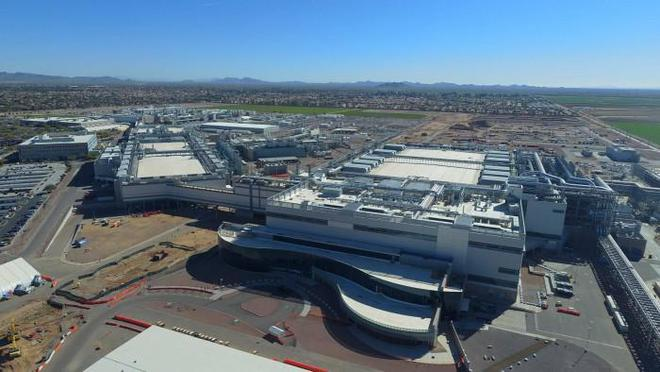
With the rapid development of emerging technologies such as artificial intelligence and the Internet of Things, the demand for the semiconductor industry will continue to grow. This provides a broad market space for the development of the US semiconductor industry. In addition, the United States has a strong scientific research strength and innovation ability, as well as the active investment and research and development of the United States government and enterprises have also provided strong support for its breakthroughs in the semiconductor field, so that the United States semiconductor re-industrialization contains huge potential. Recently, however, Taiwan Semiconductor Manufacturing and Intel, which are building semiconductor plants in the United States, have delayed their plans, and construction of these facilities, which are crucial to establishing a complete chip supply chain, has been put on hold or significantly reduced. This suggests that rebuilding the U.S. chip supply chain will be a bigger challenge than expected,
First of all, in the process of promoting the return of semiconductor manufacturing in the United States, despite policy support and financial subsidies, the actual effect is not ideal. TSMC, for example, ran into a shortage of workers and subsidies when it built a plant in Arizona. This reflects the lack of semiconductor talent reserve and industrial policy implementation in the United States. Notably, these delays come as the U.S. government prepares to finalize the Chip and Science Act's subsidy program to support the semiconductor industry. However, financial support for material and chemical suppliers will only be disbursed after subsidies from major chipmakers such as Intel, TSMC and Samsung are finalized. As a result, the uncertainty over subsidies is also making suppliers hesitant, which is slowing their pace of investment in Arizona.
Second, the global chip industry is facing the problem of overcapacity and strategic miscalculation. Excessive capacity expansion in various countries has led to overcapacity, and the desire of major economies to build their own chip manufacturing capacity has also exacerbated the industry bubble. Overcapacity means that market demand is not enough to support the current scale of chip production, which leads to inventory overhang, chip prices decline, operating costs increase and other multiple problems, so that the market competition becomes more intense. In the face of market uncertainty and overcapacity, enterprises may become more cautious and reduce investment in new projects, thus affecting the innovation and development of the industry. This global challenge makes the United States semiconductor "re-industrialization" strategy difficult to escape.
In addition, for suppliers, the factory to achieve mass production requires skilled workers or experienced professionals to perform specific projects, currently due to the lack of local skilled workers in the United States, it is impossible to complete the installation of various equipment in the expected time. In addition, the characteristics of the semiconductor industry also determine the complexity of the plant construction plan. Semiconductor manufacturing requires sophisticated technology and substantial investment, as well as stable supply chains and market demand to support it. Therefore, the current competitive landscape of the global semiconductor industry and the changing market environment may lead to the shelving or adjustment of plant construction plans.
In general, the prospect of semiconductor re-industrialization in the United States has both opportunities and challenges. To achieve this goal, the United States needs to develop a better industrial policy, strengthen the training and introduction of talent, increase investment in research and development, and actively cooperate with other countries. At the same time, it is also necessary to pay attention to the dynamic changes in the global semiconductor market and flexibly adjust strategies to cope with various uncertainties and risks.

On the just concluded trading day, the three major stock indexes in the United States closed with a moderate upward trend, marking the fifth consecutive trading day of uptrend in the market.
On the just concluded trading day, the three major stock in…
By the end of 2025, the US financial sector is being swept …
In just one month, former Japanese Prime Minister Shigeru I…
On the grand stage of the financial market, expectations of…
The Japanese government officially finalized a supplementar…
A recent analysis indicates that North Korea is leveraging …